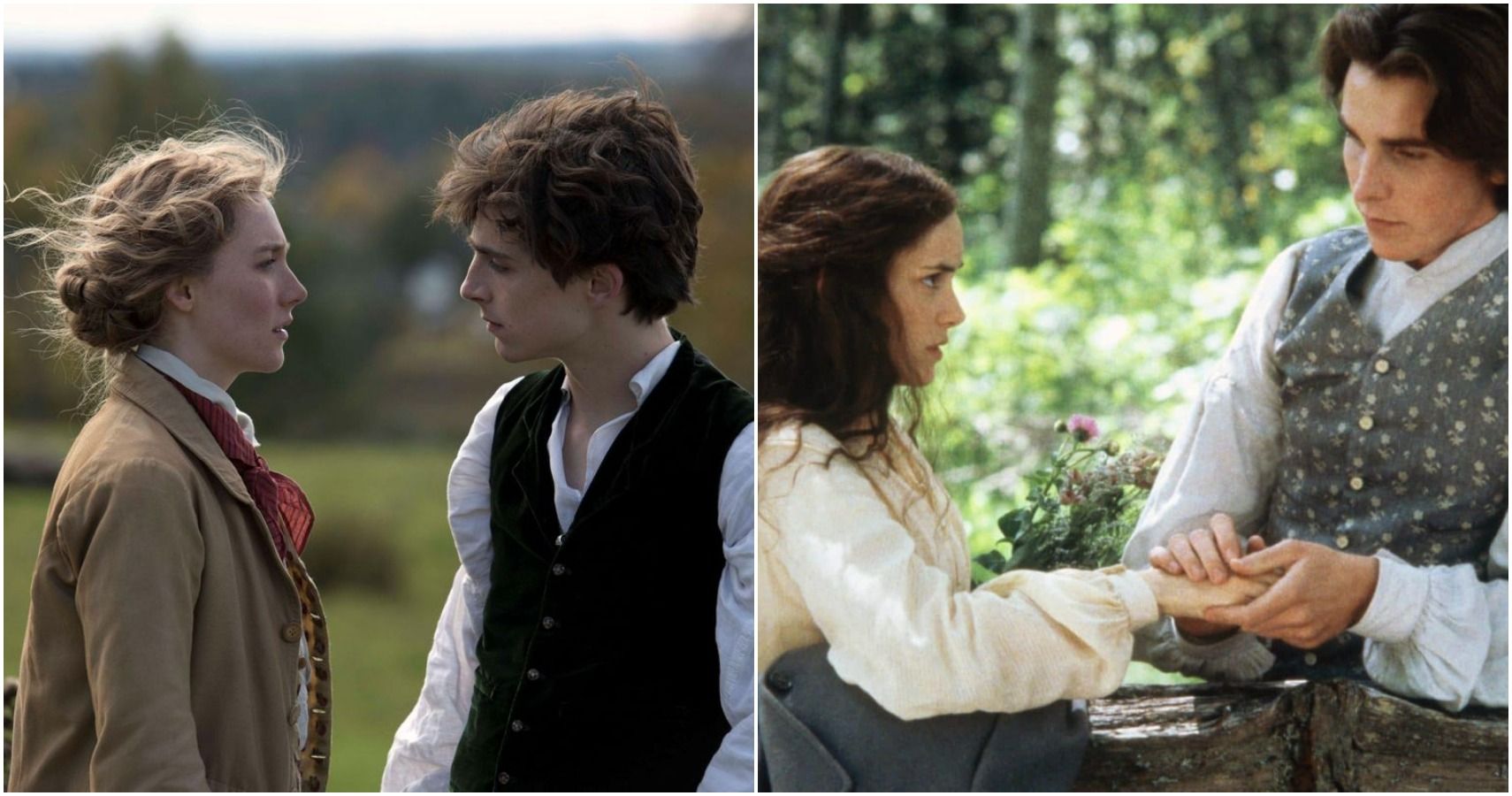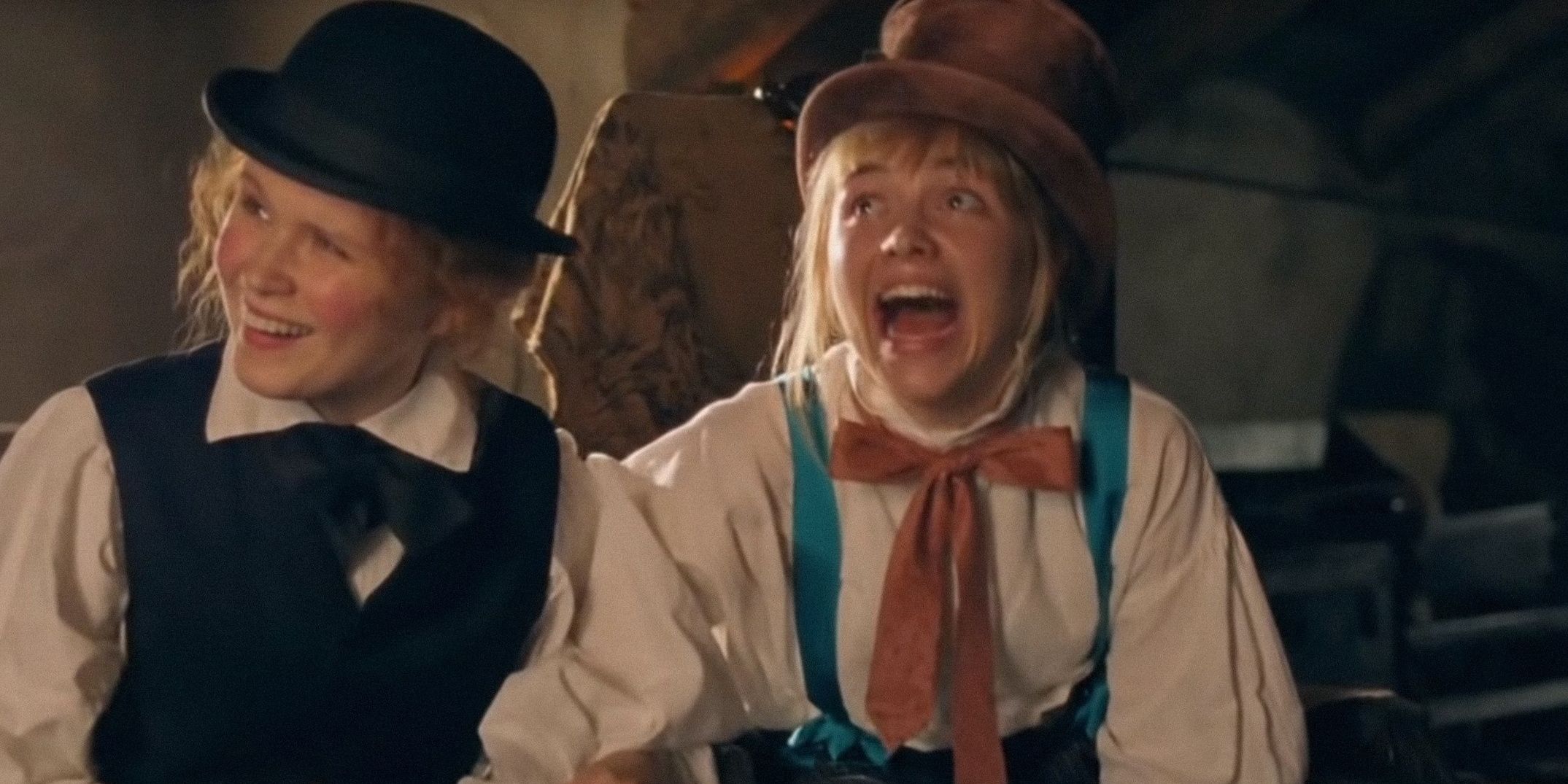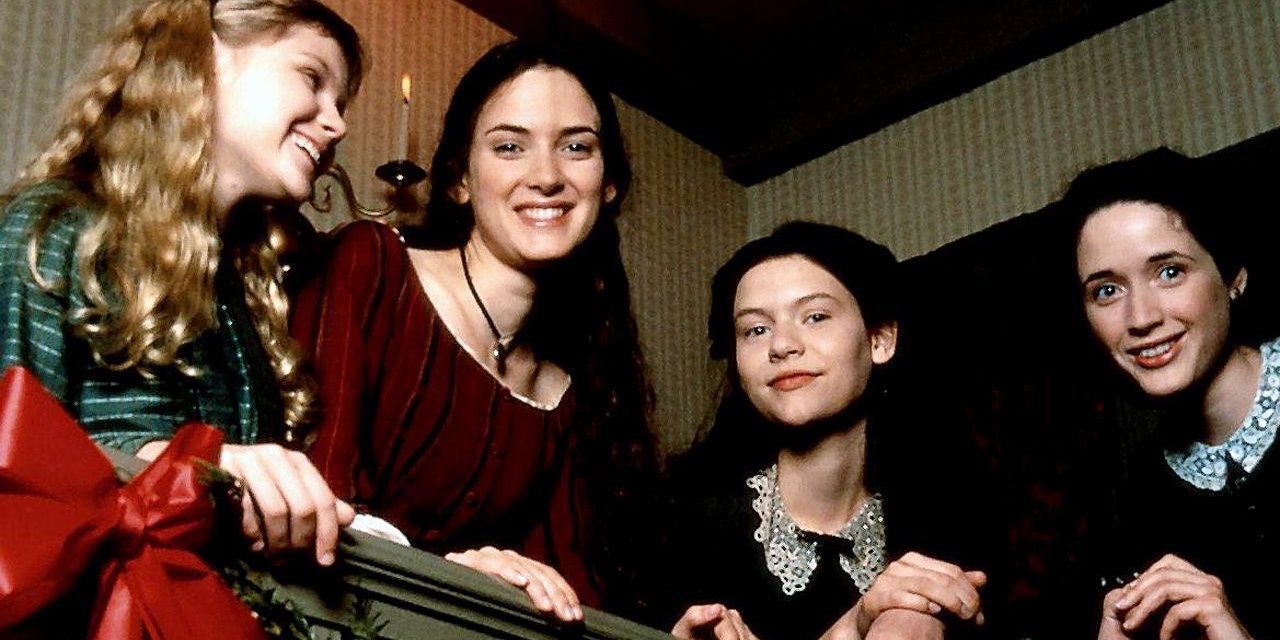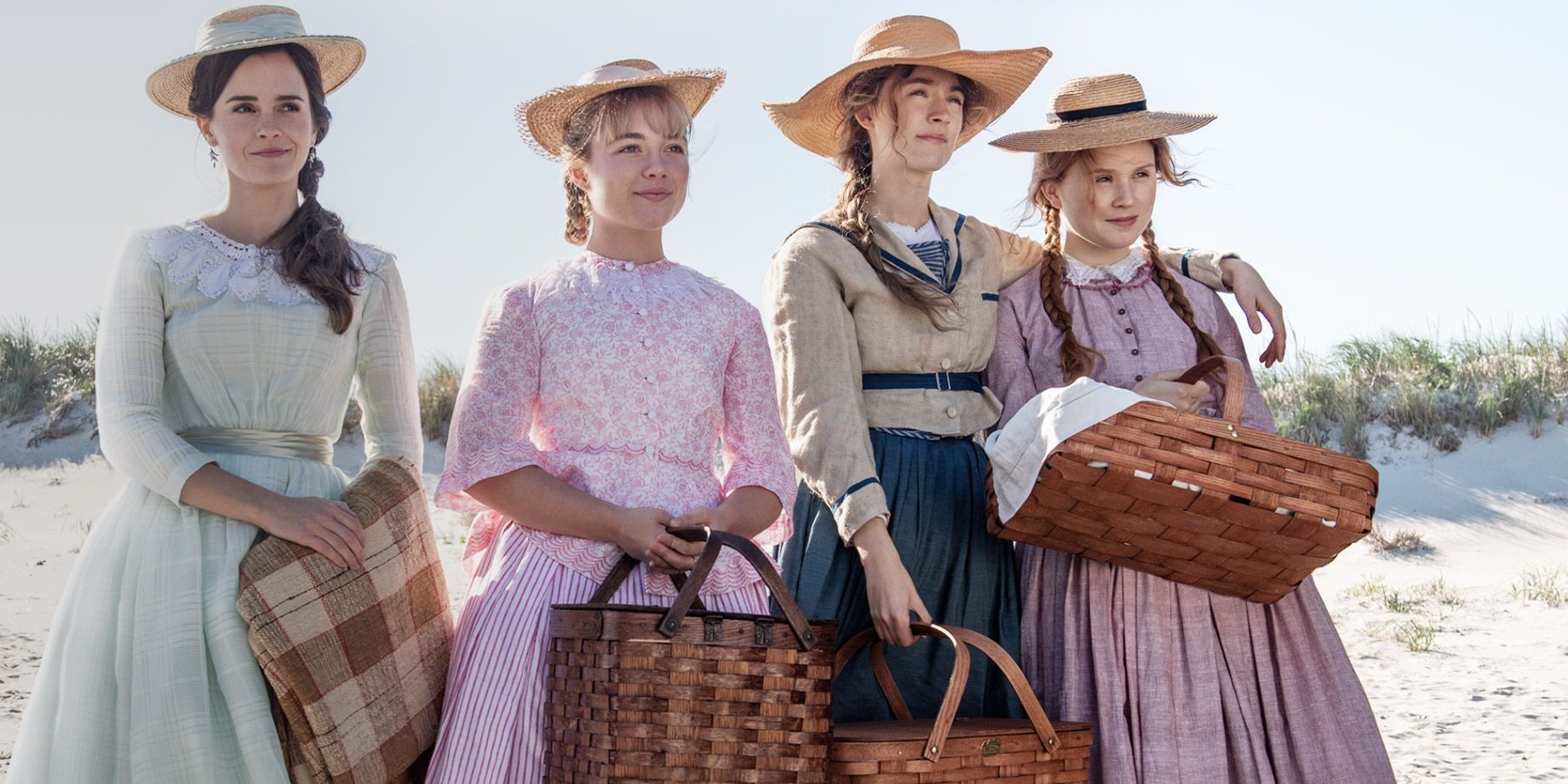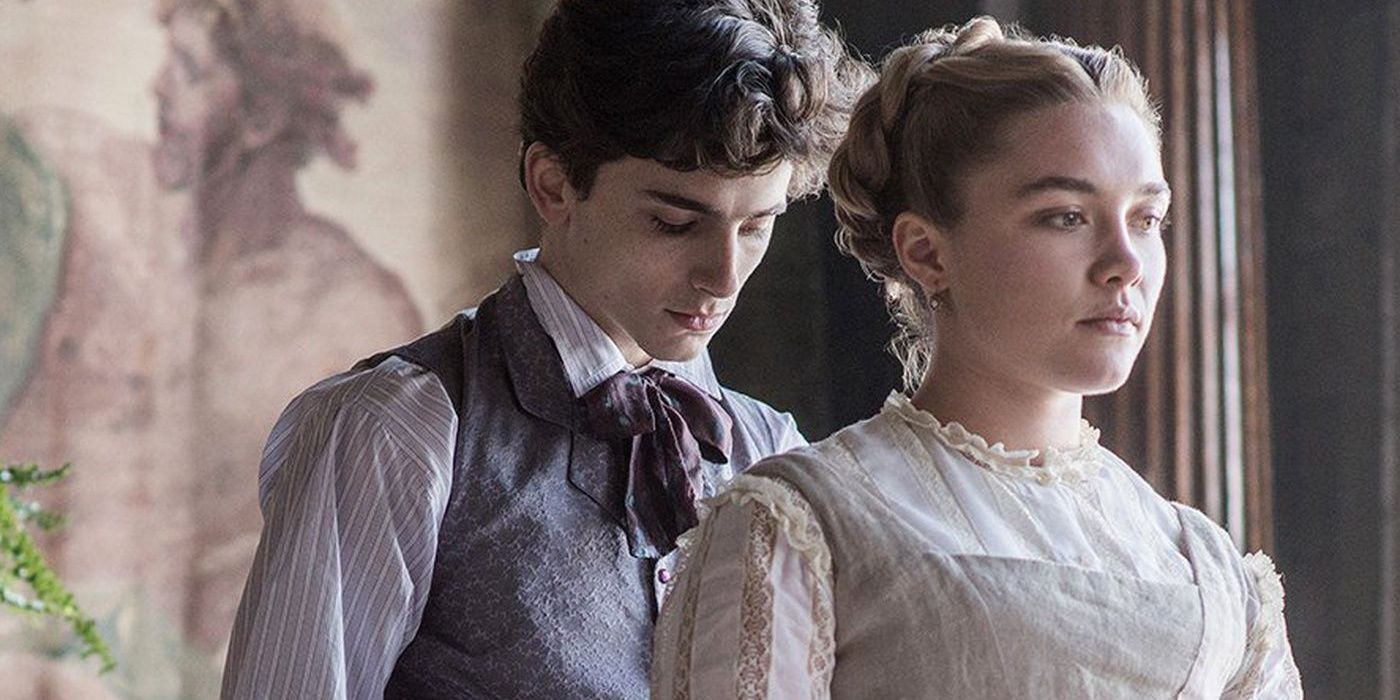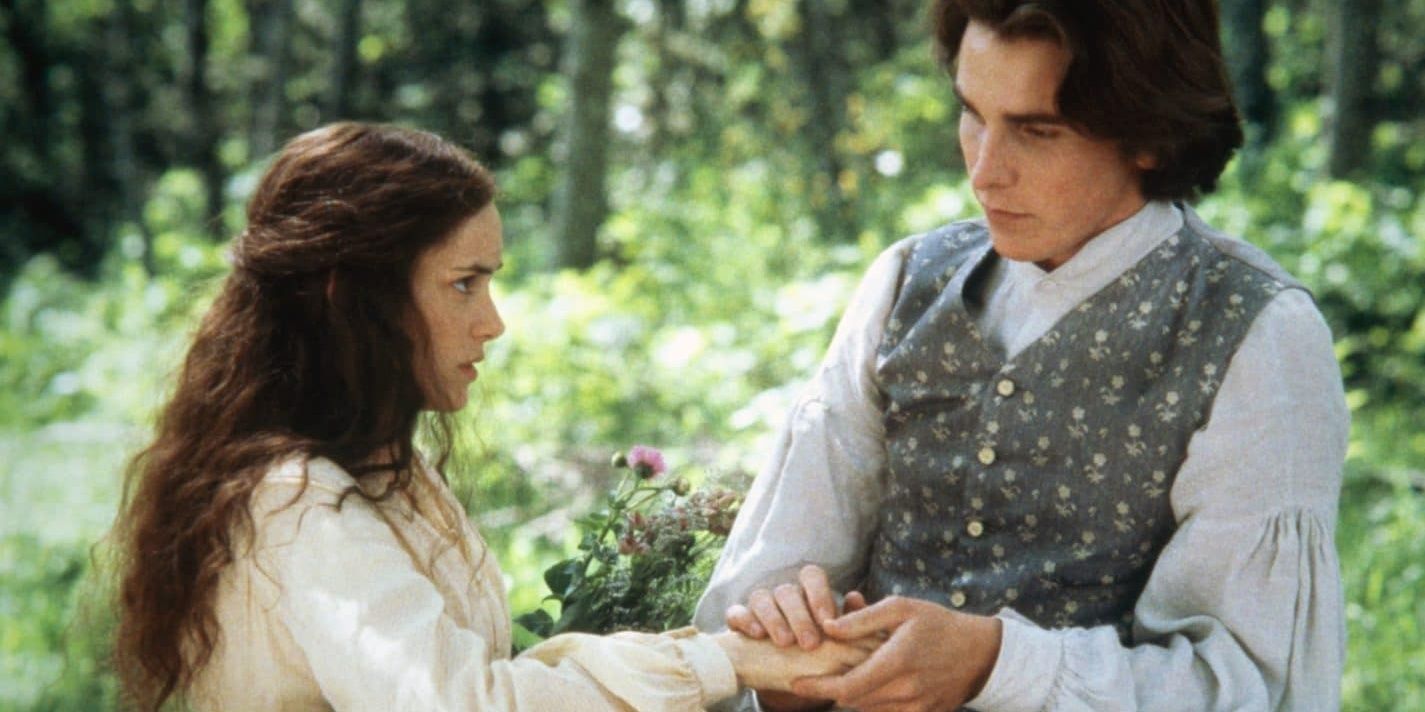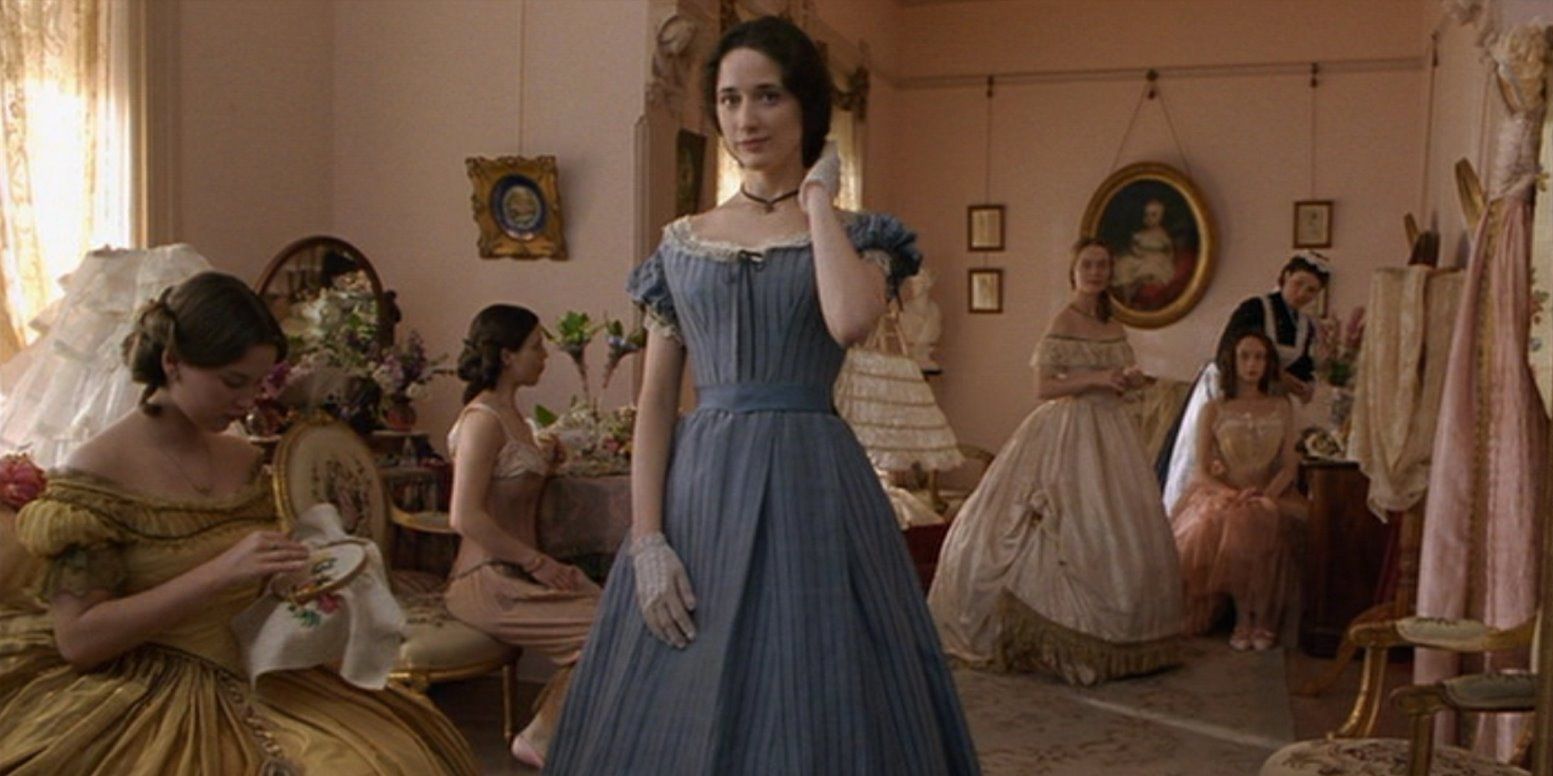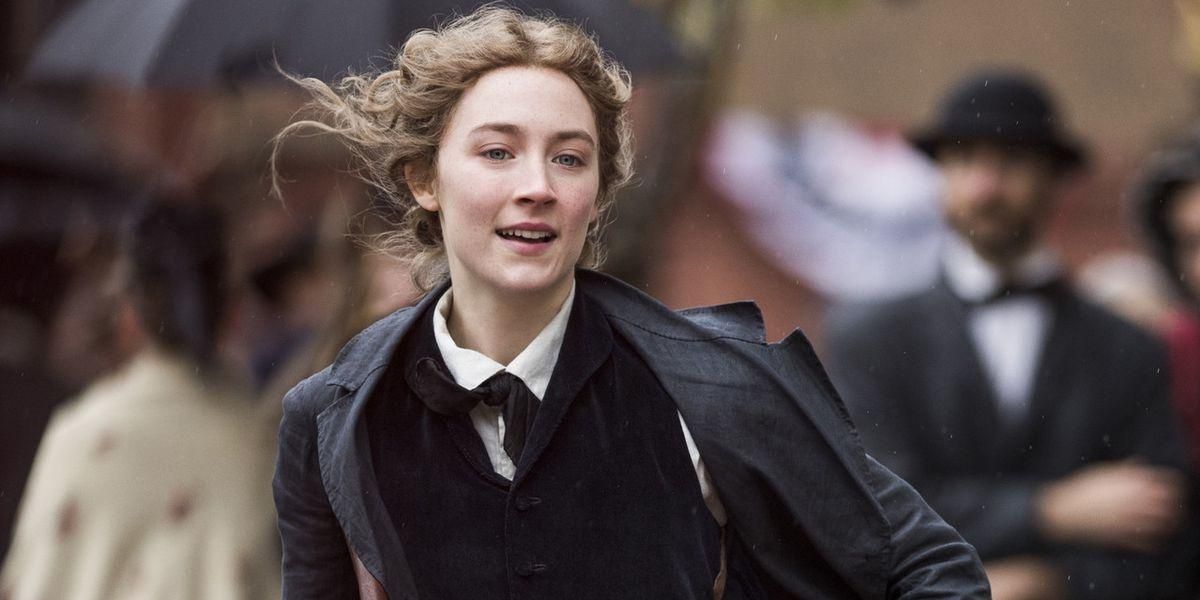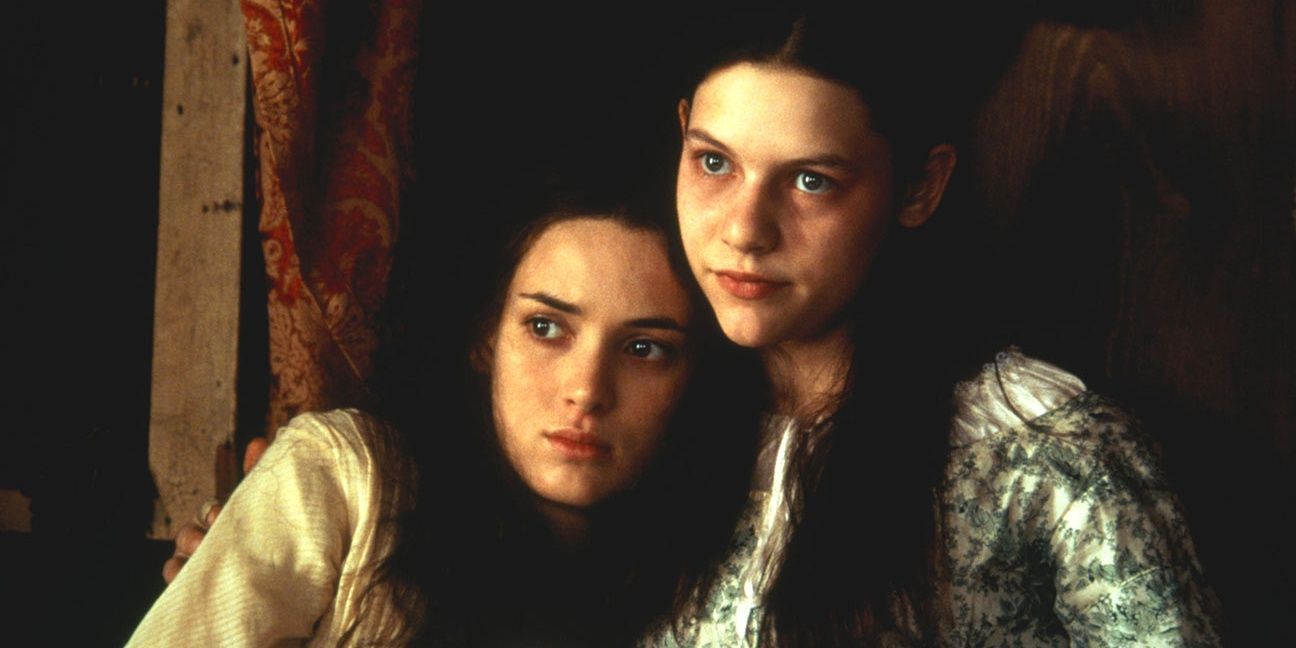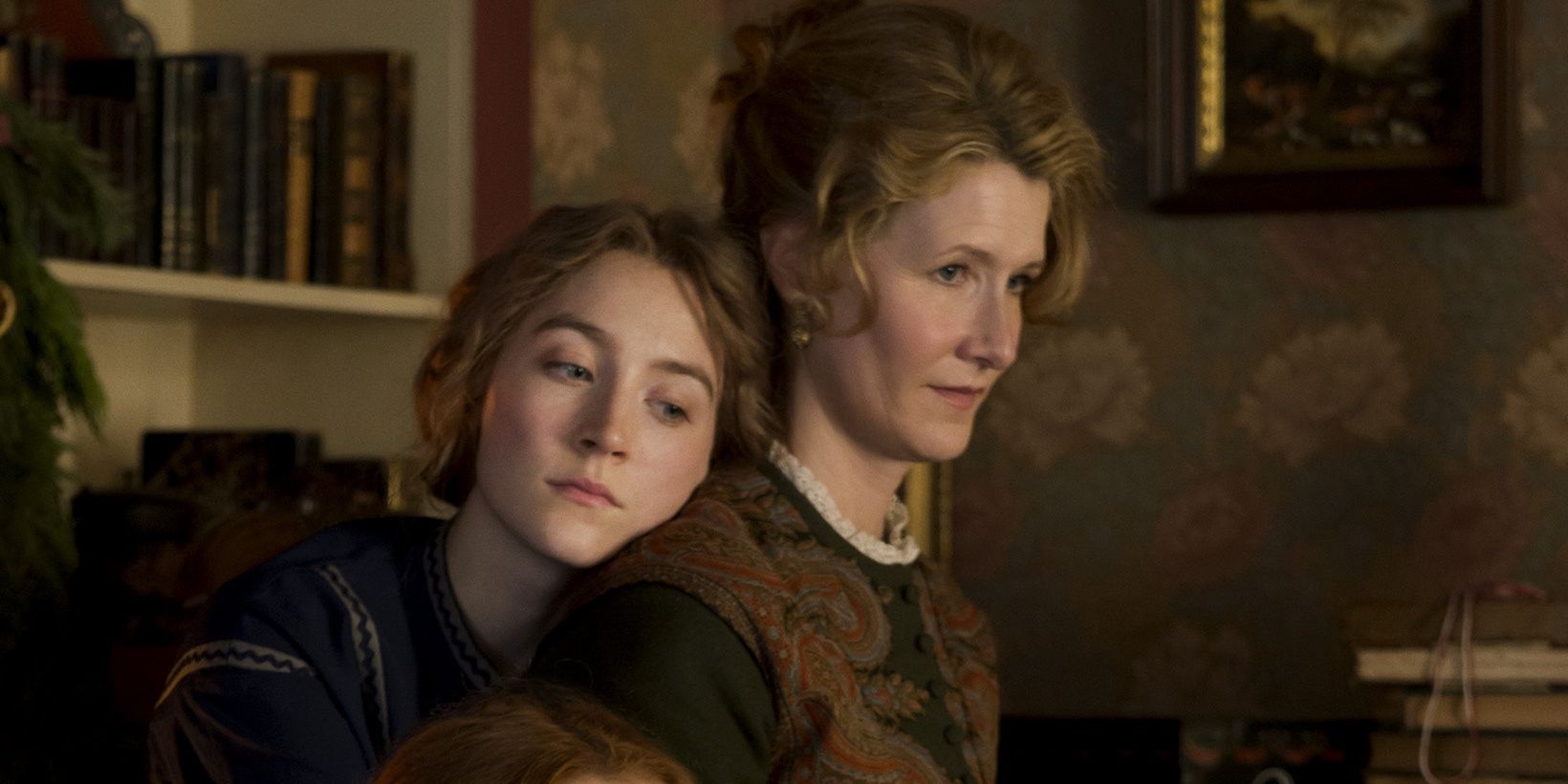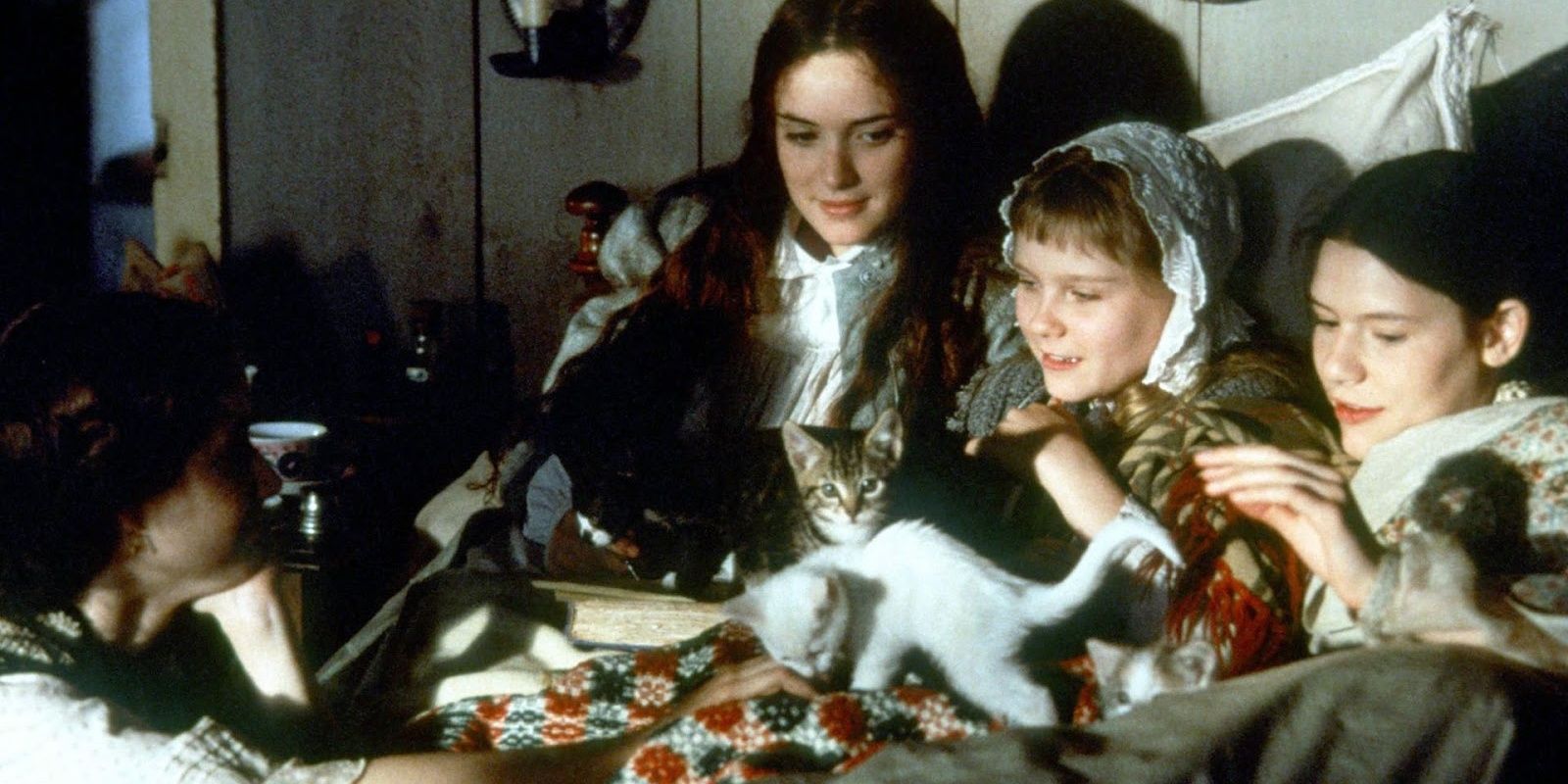Louisa May Alcott's Little Women is a classic of American literature. Following the lives of four sisters growing up in Civil War Massachusetts, it has been adapted for television and film at least seven times, the most famous of which is a classic in its own right. The 1994 film adaptation directed by Gillian Armstrong starred Winona Ryder as Jo, Christian Bale as Laurie, Trini Alvarado as Meg, Clare Danes as Beth, and Kristen Dunst and Samantha Mathis as Amy. For a long time, this was the seminal Little Women adaptation, but the 2019 version directed by Greta Gerwig might very well take its place.
Gerwig's film tells a story about childhood and memory, and it stars Saoirse Ronan as Jo, Timothee Chalamet as Laurie, Emma Watson as Meg, Eliza Scanlen as Beth, and Florence Pugh as Amy. So far, it has received critical acclaim, outranking its predecessors on IMDB and Rotten Tomatoes. Still, some things about the 1994 version are in a class of their own. Below are five reasons the Greta Gerwig version of Little Women is the best, and five it will always be the 1994 classic.
2019: New Amy Is Great
Poised and feminine, Amy has historically been the least liked of the four March sisters. She burns Jo's book and marries her older sister's childhood best friend, after all. She also understood how to be an ornament to society, unlike Jo, who was a tomboy and always resisted the societal pressure to marry well.
The 1994 adaptation of Little Women portrayed Amy as a selfish and bratty child before letting her personality fade out entirely in adulthood. Gerwig's Amy, played by Florence Pugh, is less bratty and more precocious, with her astute observations about the world often going overlooked. The narrative makes clear that Amy wants to marry well, not because she is materialistic, but because she knows it is the path to her and her family's financial security.
1994: The Chronological Narrative Is Easy To Follow
The 1994 adaptation generally follows the same order of events as the book. The Marches give away their Christmas breakfast; Jo meets Laurie at a party; Meg sprains her ankle; Amy gets in trouble over pickled limes; Jo sells her hair, and Beth comes down with scarlet fever. After Meg's wedding to John Brooke, Jo refuses Laurie's proposal and moves to New York City to pursue her writing, while Amy accompanies Aunt March to Europe to study art. Beth passes away, and the remaining sisters gather in Massachusetts to mourn and reminisce.
It is comfortable, predictable, and an excellent introduction for newcomers who haven't already read the book. The narrative structure establishes the bond between sisters before jumping into the action.
2019: The Different Timeframes Are a Fresh Take On A Familiar Story
Rather than a chronological narrative, Gerwig's Little Women plays with the structure of the story, dividing it into two timeframes. The film begins with Jo and Amy already in New York and Europe, with scenes in the present have than the flashbacks to the warm glow of childhood. Gerwig's adaptation uses the sisters' memories to shed light on their behavior in the present, exploring Meg's longing for beautiful things, Beth's illness, Jo's struggle to be independent, and Amy's materialism.
This weaving between past and present allows each sister to have a complete character arc and is a fresh take on a story many viewers may already know.
2019: Laurie and Amy Make Sense (Sort Of)
One of the most divisive topics among fans of Little Women is who ends up with whom at the end of the story. Even the Marches were surprised when Jo turned down Laurie's proposal -- the two had such a strong bond that everyone had expected them to marry. Even more surprising, Laurie married Amy instead. After Amy hurt Jo earlier in life with the destroyed manuscript, this outcome felt incredibly unjust.
Amy and Laurie's romance goes largely unexplained in previous adaptations, but Gerwig devotes a little more time to it. The flashbacks show that Amy had a longstanding crush on Laurie but always felt second in importance to Jo. And Laurie's mistook his platonic love for Jo for romantic feelings.
1994: Jo And Laurie's Slobbery Kiss
In a recent interview, Saoirse Ronan noted the closeness of Jo and Laurie's relationship. Because the two characters are intertwined for nearly half the film, the actors playing them have to be very physically comfortable with one another. Ronan's onscreen chemistry with Timothée Chalamet was phenomenal in Gerwig's Little Women, but Winona Ryder and Christian Bale took it to another level in 1994.
Laurie kissed Jo when she balked at his marriage proposal, and that awkward strand of saliva as they pulled away from each other said it all. To many, Laurie's ardor made it that much harder to understand Jo's refusal. He wanted to take you to Europe, Jo.
1994: The Costumes
Jacqueline Durran's costumes in the 2019 Little Women are simply phenomenal. However, the costumes in Armstrong's adaptation have their unique appeal. When Meg attends Sally Moffat's debut, her simple blue afternoon dress sets her apart from the more fashionably dressed mean girls. While getting ready for the ball, one of the girls notes that her afternoon dress is inappropriate for the occasion and lends her a silk ballgown.
In the background, another partygoer stands half-dressed with her crinoline exposed, showing everyone just what was holding up those voluminous, bell-shaped skirts. These little moments were not integral to the narrative but contributed to the Civil War setting of the story.
2019: Dialogue About Money
Greta Gerwig's Little Women devotes more time to the economic circumstances that drove many of the March sisters' actions. The film depicts Jo negotiating with her publisher for the copyright to her work and a percentage of royalties. It's also hinted that Louisa May Alcott married off Jo at the end of her story to sell more books.
On that note, Gerwig also includes Amy's monologue about marriage being an economic rather than a romantic proposition for women. Due to the patriarchal society they lived in, none of the March sisters were allowed to have their own money or property, and this affected every aspect of their lives and decisionmaking.
1994: Beth's Last Scene
Shy Beth contracted scarlet fever as a child and remained severely weakened even after she recovered. Despite Jo and Marmee's best efforts, Beth eventually succumbed to her illness. Claire Danes' portrayal of Beth in her final moments, with her quivering chin, was incredibly touching, and it was hard not to be moved to tears when she was gone. Danes played Beth as a shy and empathetic teenager, while Eliza Scanlen's Beth is a little steelier.
Beth does not have a death scene in Gerwig's adaptation of Little Women. However, Gerwig gives Beth new importance to the story by making her illness the common thread between the past and present narratives.
2019: Marmee and Jo's Anger
While rewatching the 1994 adaption, this writer kept an ear out for one of the most memorable scenes in the book. In this scene, Jo confides to Marmee that she nearly let Amy drown in anger over the book her younger sister burned. Marmee responds that she also has trouble controlling her temper but learned to do so over the years. The acknowledgment of female anger was game-changing for many young readers.
As it turns out, this scene was omitted from the 1994 adaption entirely. However, Gerwig's version does feature it, with Laura Dern's Marmee telling Jo that she was angry nearly every day of her life.
1994: The Excellent Cat Content
There were so many adorable cats in the 1994 adaptation. The film practically opens with a shot of Jo writing in the attic, a fluffy black cat by her side. John Brooke first sees Meg when she and Jo are wrangling some kittens out in the yard. And Beth is often seen in bed with a grey tabby to keep her company.
In contrast, there is only one cat in all of Greta Gerwig's Little Women. In this regard, the 1994 adaption is superior.

